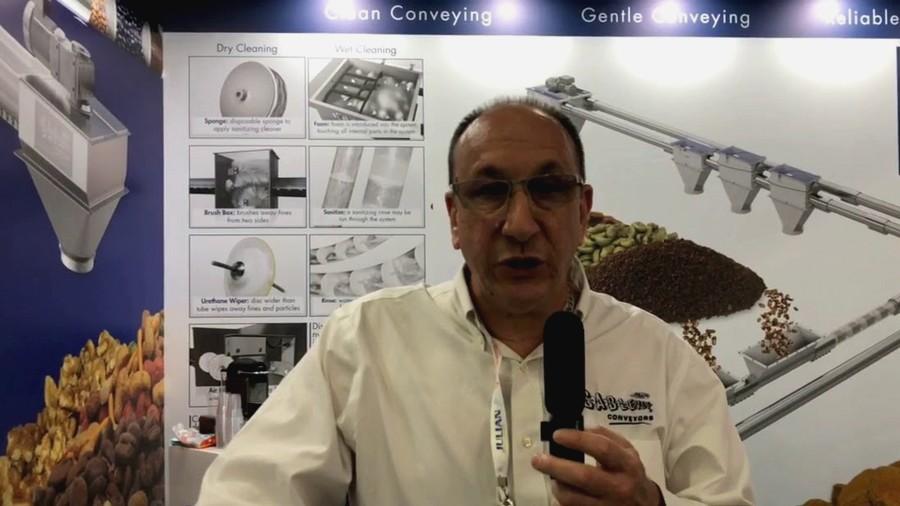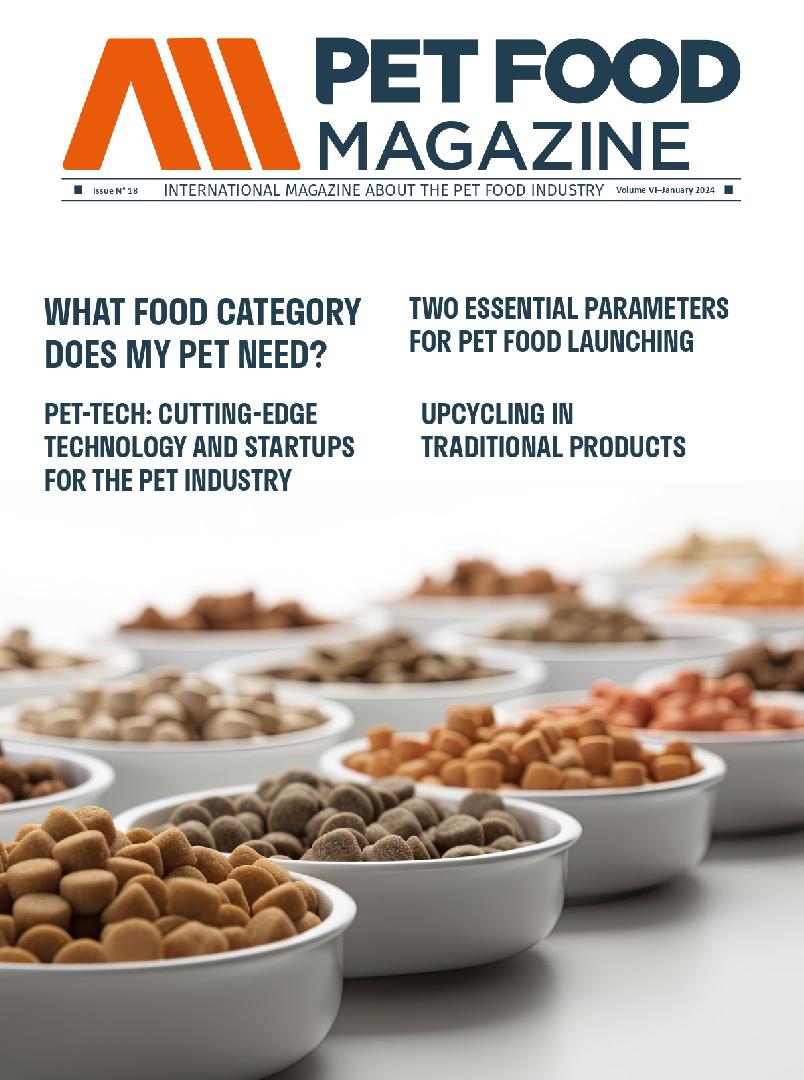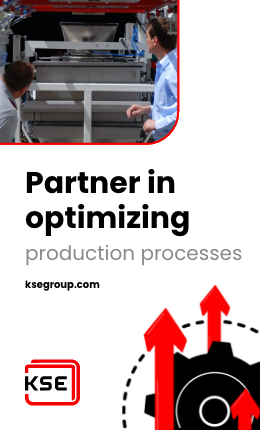The findings reveal there is a high level of automation in food processing, with most companies operating multiple conveyor lines, yet mixed satisfaction related to the diverse types of conveyor operating systems:
We sat down with Karl Seidel, Marketing Director at Cablevey to ask about the survey results.
What was the goal of this survey?
Basically, we were seeking to discover what is working and what is not. Where can conveying technology improve and what else can we be doing to help companies achieve their goals and be successful?
How many people participated in the survey?
We reached more than 200 professionals within the food and processing industries including production managers, engineers, and executive managers. They represented multiple product categories including snacks (55%), frozen foods (42%), breakfast cereal (32%), nuts (31%) and coffee (30%), followed by other product types such as pet foods, seeds, beans, specialty grains, hemp and powders.
Were there any surprises?
Our service technicians and consulting engineers deal with food processing firms on a daily basis, paying plant visits or conducting tests. We were aware that the vast majority, 83% of companies surveyed, have installed multiple conveyor lines within their facilities. A fourth of respondents operate more than 25 conveyor systems across business units, so the industry is highly automated.
What stood out in this report was the fact that energy consumption and maintenance issues were cited as the main drivers for conveyor selection and purchase decisions, not throughput, as you might imagine or even the initial purchase price of the system.
Why these two features in particular?
I believe these responses illustrate the critical thinking and long-range planning by plant managers and operators. As energy costs continue to increase and as companies strive to meet sustainability goals, energy consumption becomes a more critical factor in the long term. And labor shortages mean everyone is working a bit leaner. Lengthy or complex cleaning processes not only cause significant downtime, but they can also require a lot of labor. A conveyor system that is easy to clean and maintain helps save time and improves efficiency. In fact, 56% of survey respondents reported maintenance issues as the top reason for installing updated conveying systems.
If maintenance issues were a chief source of dissatisfaction, what was the greatest source of user satisfaction?
Many respondents tied user satisfaction to material damage, a critical challenge for those in the food industry for several reasons. Material damage is tied to product quality and appearance, as well as waste, and wasted products directly impact profitability and sustainability both. Relative motion and 'free fall' tended to introduce the greatest levels of material damage. Companies can reduce or minimize breakage by following best practices for conveying fragile materials. Cable/disc conveying was reported as the top choice to preserve product integrity for fragile materials.
Marketplace
Beyond maintenance and energy consumption, what were major factors related to conveying that concerned survey respondents?
After energy consumption, cleaning, and maintenance, other key considerations included product specifications, layout and available space, facility requirements, product volume or throughput, dust, and the noise level of the machine.
Outside of conveying, what are some of the pressing concerns in the industry?
We had 53% of respondents identifying supply chain issues as the most pressing industry challenge. And related to this, 39% cited product shortages as another major issue. On the upside, the industry is growing. Ninety-one percent of respondents reported business growth in the past year. Automation and particularly, the efficacy of the conveying system has a significant impact on an organization's bottom line.
A substantial portion or 40% of survey respondents who reported being 'extremely satisfied' with their conveying systems experienced growth of over 20% last year. While only 13% of those less satisfied or unsatisfied with their current conveying system experienced that same growth.
Who is more likely to make a change then? The dissatisfied customer?
Actually, an overwhelming majority of all respondents (86%) evaluate their conveying systems at a minimum, every six months. And those most satisfied with their conveying systems are most aggressive with their evaluation timetable, with 46% evaluating their systems every month. Increasing the frequency of your evaluation process can be a key factor to maintaining peak performance.
And collaboration is key. These evaluations should and often do involve in-house engineers, outside consultants, maintenance personnel, and local equipment representatives. There is a lot of insight to be gained by copying those following best practices and experiencing the greatest degree of success.
Source: Cabevey Conveyor
By All Pet Food
You could be interested: Mobile 'Smart Cart' Automates Food Conveyor CIP for Pet Food Manufacturers
About company

About company
Cablevey Pet Food Conveyor Systems
Cablevey Pet Food Conveyor Systems are suitable for moving all sorts of pet food materials and mixes. No matter what form your materials are in, we can move them in a gentle and sanitary manner. And our pet food conveyors can be engineered to service any part of the production process from processing to mixing to packaging.
Flexible Design
Our cable and tube conveyor systems are modularly designed to offer flexibility for wide-ranging applications. Component parts come in a variety of sizes, tube diameters and tube materials. We also offer a full range of feeders, cleaning and transfer system components. No matter what your processing facility layout, we have pet food conveyor solutions for you.
Custom Solutions
Each and every pet food conveyor system is custom specified by our engineering department. This ensures that all systems are optimized to client needs. Design considerations typically include how much can be moved without breakage, how far, how high, and how fast you need to move materials. The configuration and available space within processing environments are also taken into consideration. Bottomline, our engineers and library of system parts can solve just about any pet food conveyor movement needed.
We’ve engineered pet food conveyor solutions for production facilities large to small.
Noticias de la empresa




 5.0
5.0
29/08/2023
















































